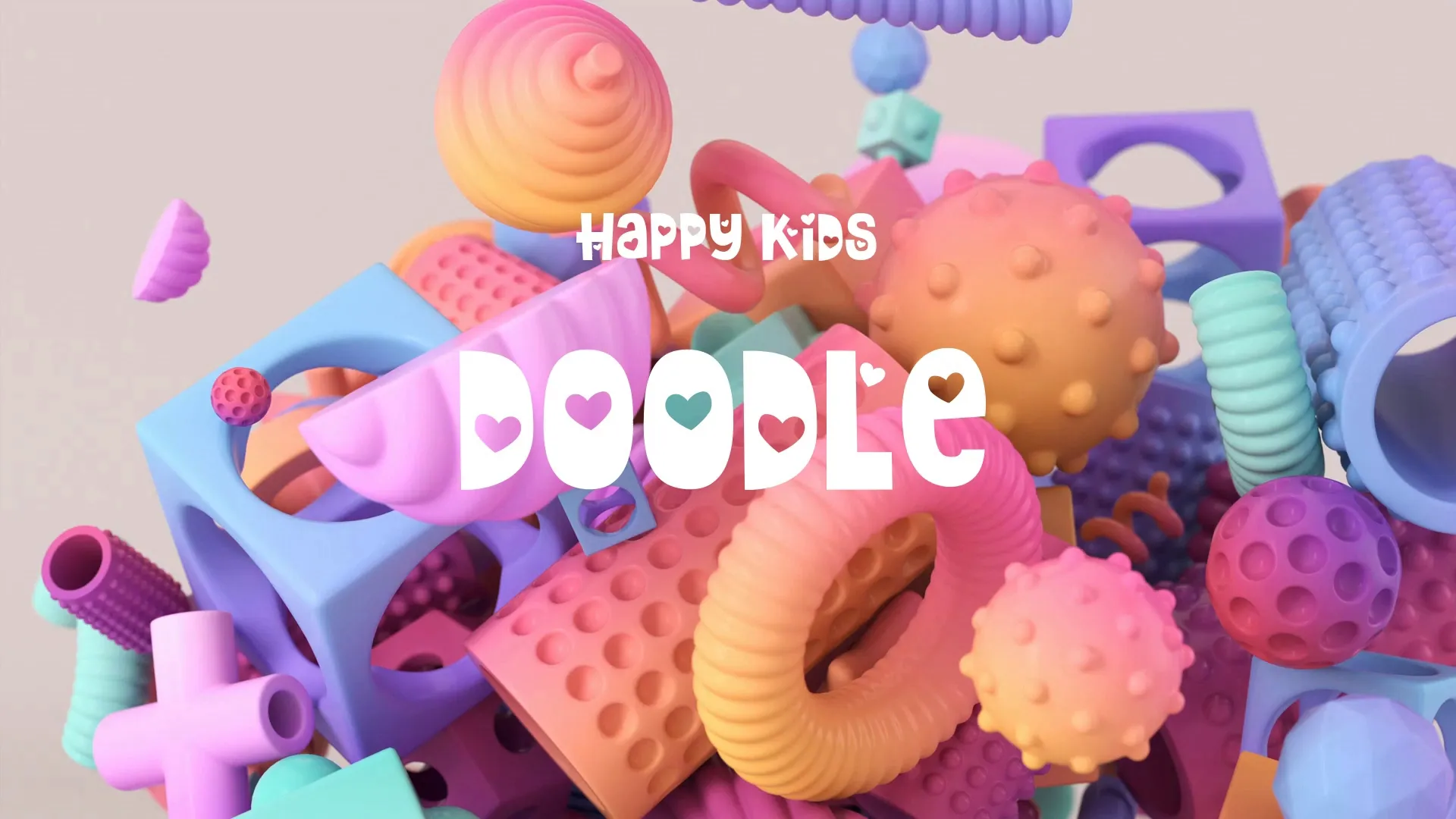Next-Gen Game Creation Tools: Rapid Prototyping with AI & Cross-Platform Development
Next-Gen Game Creation Tools: Rapid Prototyping with AI & Cross-Platform Development
Rapid prototyping is crucial for indie developers to validate game concepts quickly. The right next-generation game creation tools accelerate this process, minimizing wasted time and resources. Leveraging AI and robust cross-platform development tools streamlines your workflow from ideation to playable build.
The Power of AI in Game Design Tools
AI game design tools are no longer futuristic concepts; they are practical assets for modern developers. These tools can automate repetitive tasks, generate initial assets, and even assist in narrative design. Integrating AI into your early development stages allows for faster iteration and exploration of diverse ideas.
AI-powered tools can quickly generate concept art, character variations, or even environmental layouts. This rapid asset generation provides visual feedback without extensive manual effort. Consider using AI for initial texture generation or placeholder models to populate your prototype scenes.
Automated content generation helps in building out larger worlds or complex systems faster. Instead of hand-crafting every element, AI can provide a baseline that you then refine. This approach shifts focus from creation to curation and refinement.
Narrative AI tools can help brainstorm plot points, character backstories, or dialogue options. This significantly speeds up the initial game writing and narrative development phase. For instance, Wayline’s Blueprint assists in creating professional Game Design Documents, an essential step often overlooked in rapid prototyping.
Cross-Platform Development Strategies for Efficiency
Developing for multiple platforms from the outset saves significant time and effort in the long run. Cross-platform game development tools allow you to write code once and deploy it across various devices. This approach is fundamental for reaching broader audiences without duplicating development work.
Choosing the right engine is paramount for effective cross-platform development. Engines like Unity, Unreal Engine, and Godot offer robust solutions for deploying to PC, console, and mobile. Understanding their strengths and limitations for your specific project is critical.
For a deeper dive into engine selection, refer to our article on Unity vs. Unreal vs. Godot: Choosing Your Engine in 2025. This comparison can guide your decision for optimal cross-platform support.
When planning your game, design core mechanics with platform independence in mind. Avoid platform-specific features that would require extensive refactoring later. Focus on abstracting inputs and rendering to easily adapt to different hardware.
Utilize platform-agnostic asset pipelines and rendering techniques. Standardized asset formats and PBR materials ensure visual consistency across diverse hardware. This minimizes the need for platform-specific asset optimization during prototyping.
Common Pitfalls and How to Avoid Them
One common pitfall in rapid prototyping is feature creep. While AI tools enable rapid generation, resist the urge to integrate every idea immediately. Focus on the core mechanics and minimum viable product (MVP) for your prototype.
Another error is neglecting performance early in cross-platform development. Even prototypes should run reasonably well on target hardware. Overlooking performance can lead to significant re-engineering later, negating the benefits of rapid iteration.
Failing to establish a clear version control system from the start is detrimental. Rapid prototyping involves frequent changes; a robust version control system prevents lost work and facilitates collaboration. This is non-negotiable for any serious project.
Create a free account, or log in.
Gain access to free articles, game development tools, and game assets.























